


This conundrum was written by Patrick O'Connor and was originally published in the book A Second Book of Bridge Problems - you can find out all about it further down the page.
You are South, declarer in a precarious 4♥.
The lead is the ♠Q by West, which you win in hand with the ♠A.
How do you plan to play the hand?
Ouch! You were hoping that partner had some of the missing honors in trumps — but they are still missing! You would probably be better off in 3NT, but that’s not important now.
Should you attempt to draw trumps?
If the trumps are split 4-0, you are in big trouble, so you have to hope for a more friendly distribution. You have a loser in spades and possibly three losers in hearts.
It is difficult to bring yourself to lead trumps, but that is what you have to do, because you don’t want the opponents to make their trumps by ruffing four separate tricks. You want two big trumps to fall on the same trick at least once.
Lead the ♥2 from your hand. When both opponents follow suit, you are safe — they can take only three trump tricks. They will probably return another spade. You will win this and lead another trump. If the trumps are split 2-2, you will only lose two trump tricks. In either case, your losing spade can be discarded on a long club in dummy or ruffed in dummy.
If, instead of leading trumps at Trick 2, you cash the ♠K and try to ruff
your losing spade in dummy, East will overruff, West will still get three trump tricks and you will go down
Key Point
Draw trumps early unless you have a good reason to delay
Like the author's first book (A First Book of Bridge Problems, named Book of the Year for 2012 by the American Bridge Teachers Association), this sequel comprises fifty problems in declarer play and defense for the beginning or near-beginning player, presented in approximate order of difficulty. The problems are slightly more advanced than those in the first book. Experienced players recognize certain standard situations without having to work them out. This does not apply to novices, who spend a lot of mental effort on them. The aim of the book is to get novices to develop their recognition of these situations. The idea is to present bridge hands as the reader would encounter them playing at the table. Unlike in a textbook, where topics are introduced systematically, there is no clue as to what type of play is required. Winner of the 2014 ABTA Book of the Year of the Award in the Beginner/Novice category!



